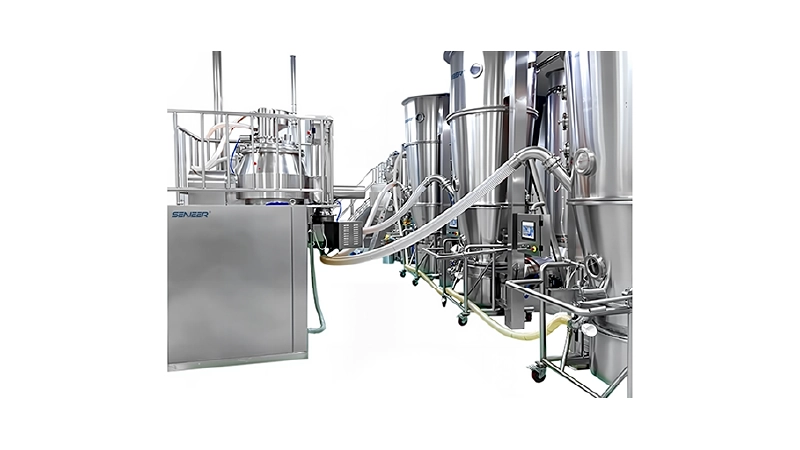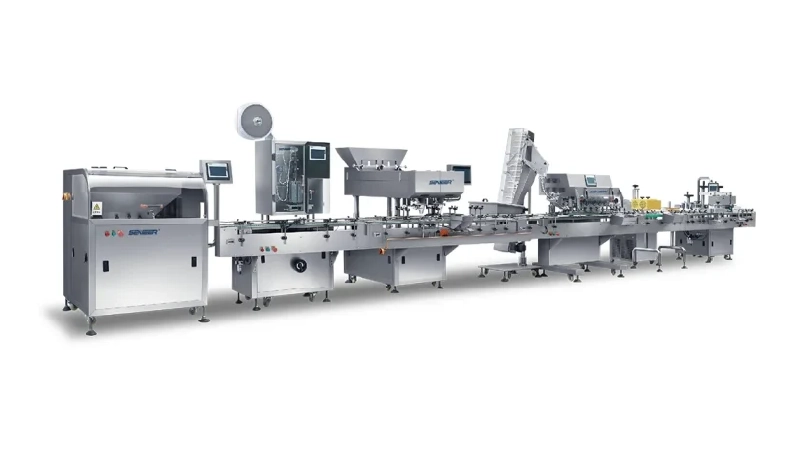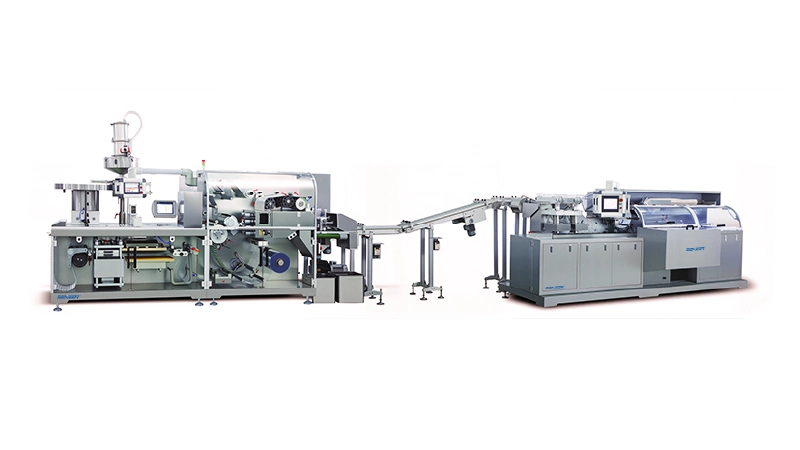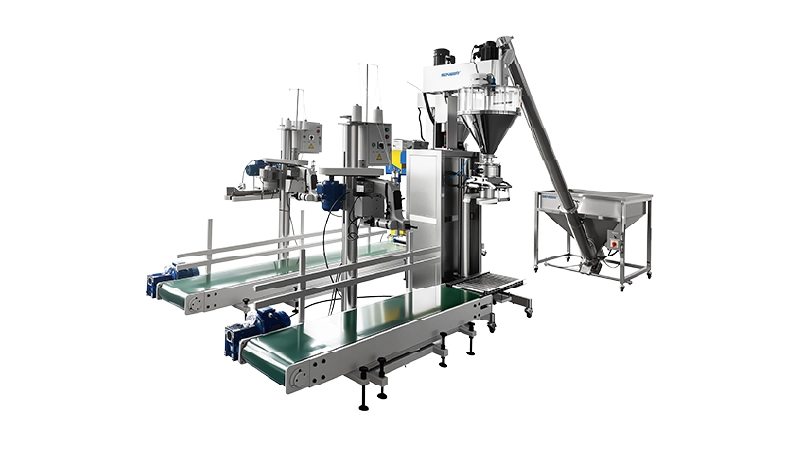Cell and gene therapy (CGT) has made major advances in patient care by helping to treat or potentially cure a range of diseases untouched by small molecules and biologics. Over the past two decades, the US FDA has approved more than 20 CGTs, many of which cost between $375,00 and $2 million for one-time treatments. Given the high financial outlay and patient expectations of these life-saving therapies, manufacturers must provide integrated services throughout the supply chain to ensure efficient biomanufacturing processes and “seamless” logistics to reduce barriers to access.
The who, what, when and why of biomanufacturing and logistics in bio/pharmaceutical industry CGT are covered in more detail below.
Who: Winners And Losers
According to market research, by 2027, owing to favorable reimbursement policies and guidelines, product approvals and fast track designations, growing demand for chimeric antigen receptor (CAR) T cell therapies, and growing demand for RNA, DNA, and oncolytic viral vectors Improvement, the global gene therapy market will reach 9 billion US dollars.
In 2020, CGT manufacturers attracted approximately $2.3 billion in investment capital. Key players in the CGT market include Amgen, Bristol-Myers Squibb, Dendreon, Gilead Sciences, Novartis, Organogenesis, Roche (Spark Therapeutics), Smith Nephew, and Vericel. Growth in the CGT market has fueled some high-profile mergers and acquisitions in recent years, including Bluebird bio/BioMarin, Celgene/Juno Therapeutics, Gilead Sciences/Kite, Novartis/AveXis and CDMO CELLforCURE, Roche/Spark Therapeutics and Smith & Nephew/Osiris Therapeutics .
Many bio/pharma companies are rethinking their commercialization strategies and reinvesting in R&D to standardize vector production and purification, implement forward engineering in cell therapies, improve cryopreservation of cell samples, and explore “off-the-shelf” variants Cell Therapy Solutions.
The successful development of CGT has highlighted major bottlenecks in production facilities and sometimes shortages of raw materials. Pharmaceutical companies are now paying close attention to their in-house capabilities and either investing in their own manufacturing facilities or outsourcing to contract development and manufacturing organizations (CDMOs) or contract manufacturing organizations (CMOs) to expand their production capabilities. Recently, several CDMOs including Samsung Biologics, Fujifilm Diosynth, Boehringer Ingelheim, and Lonza have expanded their bioproduction facilities to meet demand.
A major challenge for CGT manufacturers is the “seamless” delivery of advanced therapies, with no room for error. If a manufacturer cannot make CGT therapy “easily” available to patients, then the efficacy of the product becomes “obsolete.” Many of these treatments are not “off the shelf” solutions, so need to be delivered in a timely manner and must be kept at precise temperatures to remain viable. Therefore, manufacturers must not only comply with regulations, but also develop logistics processes and contingency plans to optimize product tracking, packaging, refrigeration and transportation. Time is of the essence, and the failure of multiple manufacturers to meet patient needs has had a major impact on the applicability of these drugs.
What: Leading Innovators
Several CAR T-cell therapies are now approved; however, studies show that one in five cancer patients eligible for CAR-T therapy dies while waiting for production. Initially, the production of many of these autologous products took about a month, but some drugs can now be produced in less than two weeks. Companies are exploring new approaches by developing more advanced CAR gene delivery tools (eg, transposons, CRISPR, etc.) and using centralized organizations with standardized apheresis centers. Other companies are exploring the use of allogeneic stem cells, including Regen Biopharma, Escape Therapeutics, Lonza, Pluristem Therapeutics and ViaCord.
Several gene therapies have also been approved, mainly to treat rare diseases. A number of companies are evaluating new gene therapy vectors to increase levels of gene expression/protein production, reduce immunogenicity and improve persistence, including Astellas Gene Therapies, Bayer, ArrowHead Pharmaceuticals, Bayer, Bluebird Bio, Intellia Therapeutics, Kystal Biotech, MeiraGTx, Regenxbio, Roche, Rocket Pharmaceuticals, Sangamo Therapeutics, Vertex Pharmaceuticals, Verve Therapeutics, and Voyager Therapeutics.
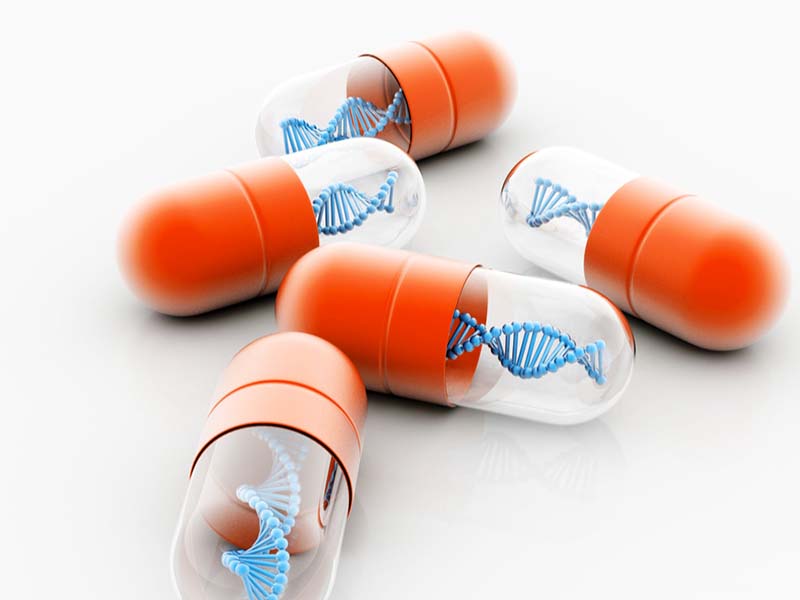
While many biopharma companies have established their own in-house CGT Good Manufacturing Practice (GMP) operations capabilities, many are looking to decentralize production and improve distribution through external contracts with CDMOs and CMOs, including CELLforCURE, CCRM, Cell Therapies Pty Ltd (CTPL), Cellular Therapeutics Ltd (CTL), Eufets GmbH, Gravitas Biomanufacturing, Hitachi Chemical Advances Therapeutic Solutions, Lonza, MasTHerCell, MEDINET Co., Takara Bio.
When: New Entrants
In recent years, the top 50 gene therapy startups have attracted more than $11.6 billion in funding, with the top 10 companies receiving $5.3 billion in Series A to D rounds. US-based Sana Biotechnology leads the field, securing $700 million to develop scalable production of genetically engineered cells and its pipeline program, which includes CAR-T cell-based therapies for tumors and CNS (central nervous system) diseases. In second place, Editas Medicine attracted $656.6 million for its CRISPR nuclease gene-editing technology to develop gene therapies for rare diseases.
Why: Pros And Cons
Overall, CGTs have attracted the attention of the pharmaceutical industry because they offer another avenue to treat diseases for which other drugs and/or medical interventions have not responded well, such as rare and orphan diseases. Private investors continue to pour money into the field because of the potential for lasting clinical benefit to patients from a single injection. In addition, regulators have approved several products and established Fast Track designation to expedite patient access to these life-saving medicines. Additionally, healthcare providers have instituted reimbursement policies and manufacturers have negotiated value- and outcome-based contracts to reduce barriers to accessing these high-priced products.
On the downside, CGT production is labor-intensive and expensive, accounting for about 25% of operating expenses, and there is still significant variation in the number of products produced. In medicine, many patients may be ineligible for CGT or fail to produce a durable response due to prior exposure to viral vectors, poor gene expression, and/or immunogenicity due to prior exposure to viral vectors. Those who can receive these therapies can suffer from infusion site reactions, as well as unique adverse events such as cytokine release syndrome and neurologic problems, both of which can be fatal if left untreated.
Although considerable progress has been made in the field of CGT to date, much work remains to be done to improve the durability of response, increase the efficiency and consistency of bioproduction, and implement a “seamless” supply chain to ensure that these drugs are readily available, Low cost, effective and sustainable option for those in need.






